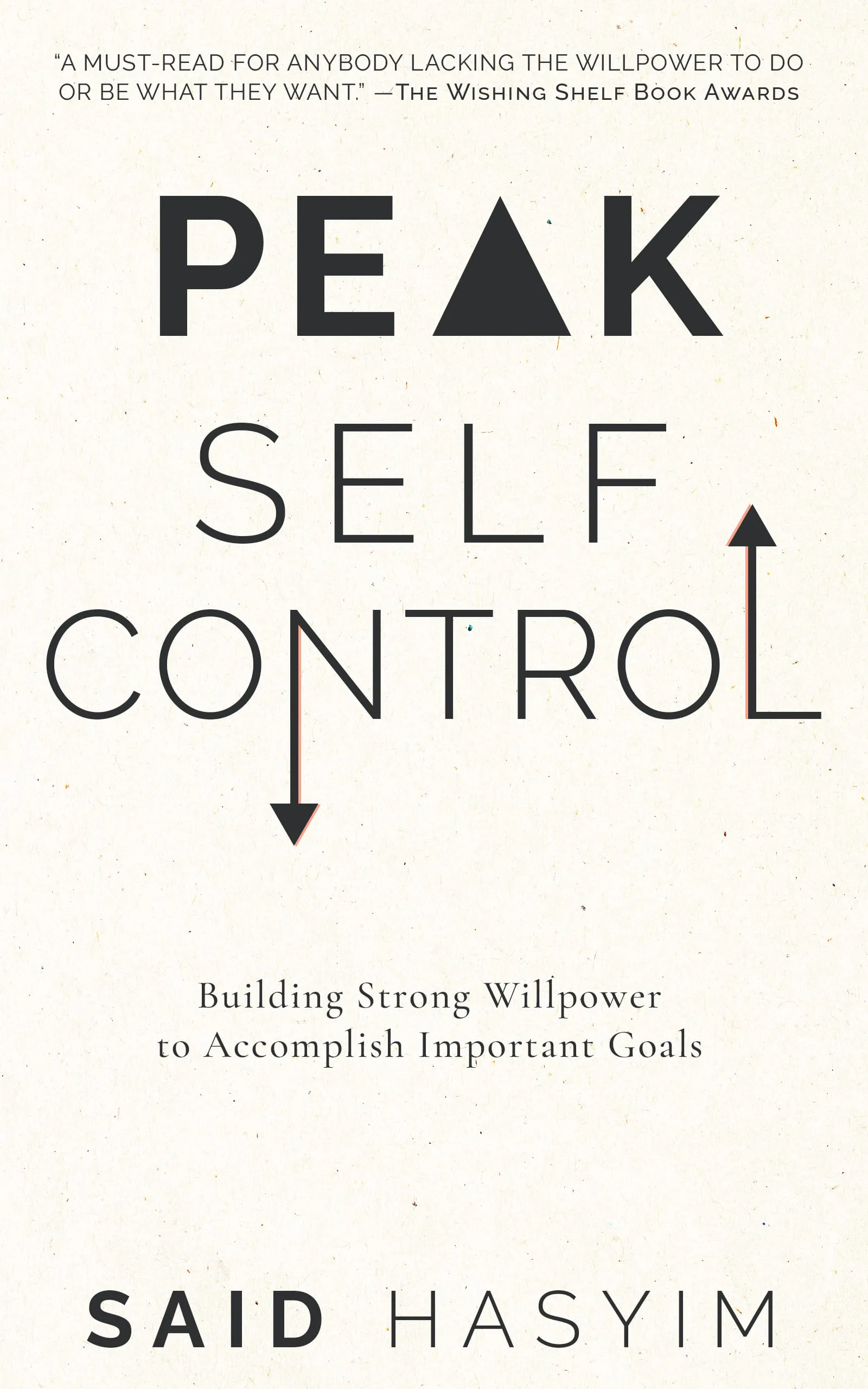How to Utilize Visualization for Better Goals
Setting goals is an integral part of personal and professional growth. However, many people struggle to achieve their objectives due to a lack of clarity and motivation. One powerful technique that can help you bridge this gap is visualization. This blog post will explore the art of visualization, its psychological benefits, and practical steps you can take to integrate it into your goal-setting process.
What is Visualization?
Visualization is the cognitive process of creating mental images or scenarios. In the context of goal-setting, it involves imagining the end result you desire and envisioning the steps needed to reach that outcome. Visualization taps into your brain's ability to simulate experiences, making it a potent tool for improving focus, enhancing motivation, and boosting performance.
The Science Behind Visualization
Research in psychology suggests that visualization activates similar neural pathways as actual experiences. When you visualize, you reinforce the connections in your brain related to achieving your goals. This is known as "mental rehearsal" and can significantly enhance your performance in various areas, from sports to public speaking.
In addition to improving focus and motivation, visualization can also help reduce anxiety and build self-confidence. By repeatedly visualizing success, you prepare yourself mentally, making it easier to tackle real-world challenges.
Benefits of Visualization
Clarity: Visualization helps clarify what you want. By picturing your goals, you better define your objectives and the steps required to achieve them.
Motivation: Seeing yourself succeed can ignite passion and drive, acting as a source of inspiration during challenging times.
Increased Performance: Studies show athletes who utilize visualization techniques consistently perform better than those who don’t. This benefit extends beyond sports to various performance-oriented fields.
Stress Reduction: Imagining positive outcomes can lead to decreased anxiety regarding the future, allowing you to focus on productive actions instead of worrying.
Accountability: Regular visualization practice can also create a sense of accountability to yourself. When you repeatedly visualize your goals, it reinforces your commitment to achieving them.
Steps to Effectively Utilize Visualization for Goal Achievement
1. Define Your Goals Clearly
Before you can visualize, you need to know what you want. Spend some time defining your goals. Make them specific, measurable, achievable, relevant, and time-bound (SMART). Write them down and ensure they resonate deeply with your values and desires.
2. Create a Mental Picture
Once your goals are set, close your eyes and envision them. Picture yourself achieving your goals in vivid detail. What does success look like? How will you feel? Try to incorporate all your senses:
- Sight: What do you see around you?
- Sound: What are people saying? What sounds are present?
- Feel: How does success feel physically and emotionally?
- Smell: Are there any specific scents associated with your goal?
- Taste: If applicable, what flavors might you experience?
3. Incorporate Visualization Into Your Daily Routine
Set aside a few minutes each day to practice visualization. You can do this as part of your morning routine, during meditation, or before bed. Consistency is key; the more you visualize, the more effective the practice will be.
4. Break Down Your Goals
Rather than just visualizing the end result, break down your goals into smaller, manageable steps. Imagine yourself taking each step and achieving mini-goals along the way. This creates a clearer roadmap and reinforces that reaching your final objective is possible.
5. Use Affirmations
Pair visualization with positive affirmations. As you visualize your goals, affirm your capability and commitment to achieving them. For example, say, "I am capable of achieving my goals," or "Every step I take brings me closer to success." These affirmations will further solidify your belief in your abilities.
6. Visualize Overcoming Obstacles
When visualizing, also consider the challenges you might face on your journey and imagine overcoming them. By preparing mentally for obstacles, you equip yourself with strategies to tackle them head-on when they arise.
7. Gather Supportive Tools
Some people find physical representations of their goals useful. This can include vision boards, images, quotes, or other objects that remind you of your aspirations. Place these items in prominent locations to serve as constant reminders of your vision.
8. Reflect and Adjust
Regularly assess your visualization practice and its impact on your goal achievement. Reflect on what works and what doesn’t, and be willing to adjust your goals and visualization strategies as needed. This flexibility will help you stay aligned with your desires and aspirations.
Conclusion
Visualization is a powerful technique that can enhance your goal-setting process, increase motivation, and improve your likelihood of success. By clearly defining your goals, creating mental images, integrating visualization into your daily life, and fostering a positive mindset, you can harness the full power of this technique.
As you embark on your journey of effective goal achievement through visualization, remember that consistent practice and belief in your ability to succeed are fundamental. Visualization is not about wishing for success; it’s about preparing your mind for the reality you wish to create. Start visualizing your success today and witness how it transforms your goals into achievements!
Start Mastering Self-Discipline Today
Discover Peak Self-Control, a practical book to mastering self-discipline. Break free from distractions, build healthier habits, and improve your relationships. Gain effective strategies to enhance your willpower and make meaningful life changes, even amidst a busy schedule. Small adjustments can lead to significant improvements in your daily routine.
